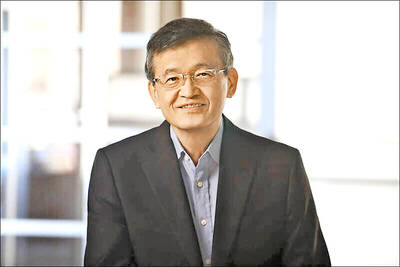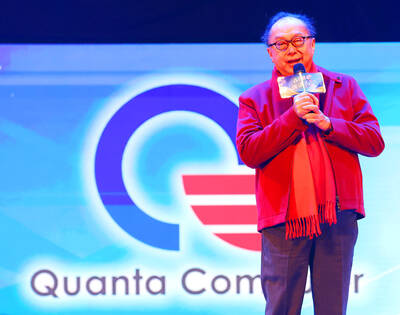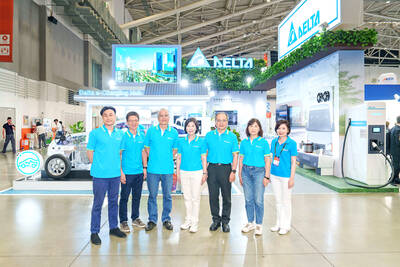South Korea’s exports posted the smallest decline since April last year, offering evidence that the worst might be over for the Asian bellwether of global trade.
Exports last month fell 5.2 percent from a year earlier, data from customs office showed yesterday.
Economists polled by Bloomberg had expected a 8.6 percent fall.
Imports decreased 0.7 percent, with trade surplus of US$2 billion.
The letup in exports slump adds to optimism that global commerce is turning a corner after the US and China agreed to a truce in their trade dispute, which has hurt South Korea particularly hard by cutting demand for its semiconductors.
The country’s export slide has put the economy on course for its slowest annual growth last year since the global financial crisis.
Semiconductor sales, which account for the largest share of South Korean exports, declined 17.7 percent last month from a year earlier.
Sales to China, South Korea’s biggest export destination, rose 3.3 percent, the first gain in 14 months.
South Korea’s trade data, released earlier than most economies, serve as a barometer of global demand, as the country is the world’s biggest source of memory chips, which go into everything from computers to smartphones.
“The rate of decline should ease now,” Meritz Securities Co economist Stephen Lee said before the release. “But global trade volumes aren’t recovering very quickly.”
The Korea International Trade Association expects the decline in exports to be reversed during the first quarter of this year, citing a survey released on Thursday last week that showed sentiments among exporters rising above the benchmark 100 for the first time since the last three months of 2018.
The Bank of Korea has cut its interest rates twice last year to support an economy hit by trade tensions.
The bank expects South Korea’s semiconductor exports to enter a “recovery phase” by the middle of this year.

Intel Corp chief executive officer Lip-Bu Tan (陳立武) is expected to meet with Taiwanese suppliers next month in conjunction with the opening of the Computex Taipei trade show, supply chain sources said on Monday. The visit, the first for Tan to Taiwan since assuming his new post last month, would be aimed at enhancing Intel’s ties with suppliers in Taiwan as he attempts to help turn around the struggling US chipmaker, the sources said. Tan is to hold a banquet to celebrate Intel’s 40-year presence in Taiwan before Computex opens on May 20 and invite dozens of Taiwanese suppliers to exchange views

Application-specific integrated circuit designer Faraday Technology Corp (智原) yesterday said that although revenue this quarter would decline 30 percent from last quarter, it retained its full-year forecast of revenue growth of 100 percent. The company attributed the quarterly drop to a slowdown in customers’ production of chips using Faraday’s advanced packaging technology. The company is still confident about its revenue growth this year, given its strong “design-win” — or the projects it won to help customers design their chips, Faraday president Steve Wang (王國雍) told an online earnings conference. “The design-win this year is better than we expected. We believe we will win

Quanta Computer Inc (廣達) chairman Barry Lam (林百里) is expected to share his views about the artificial intelligence (AI) industry’s prospects during his speech at the company’s 37th anniversary ceremony, as AI servers have become a new growth engine for the equipment manufacturing service provider. Lam’s speech is much anticipated, as Quanta has risen as one of the world’s major AI server suppliers. The company reported a 30 percent year-on-year growth in consolidated revenue to NT$1.41 trillion (US$43.35 billion) last year, thanks to fast-growing demand for servers, especially those with AI capabilities. The company told investors in November last year that

Power supply and electronic components maker Delta Electronics Inc (台達電) yesterday said it plans to ship its new 1 megawatt charging systems for electric trucks and buses in the first half of next year at the earliest. The new charging piles, which deliver up to 1 megawatt of charging power, are designed for heavy-duty electric vehicles, and support a maximum current of 1,500 amperes and output of 1,250 volts, Delta said in a news release. “If everything goes smoothly, we could begin shipping those new charging systems as early as in the first half of next year,” a company official said. The new